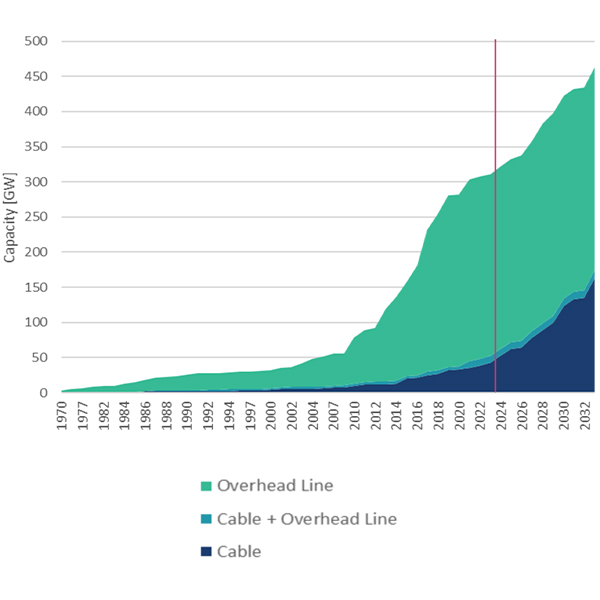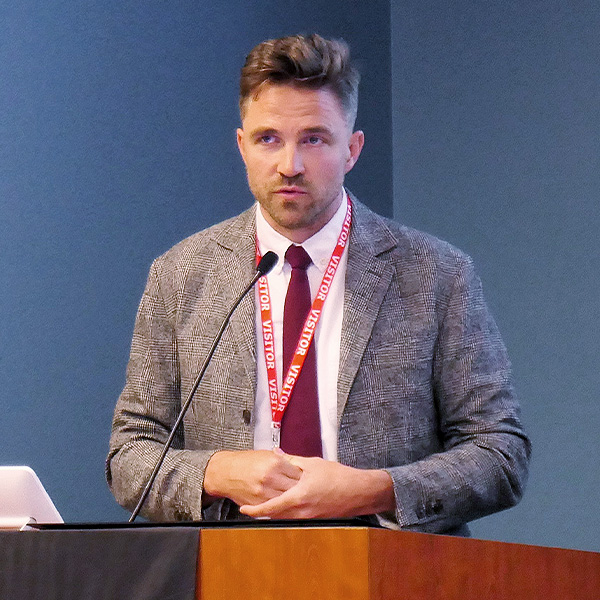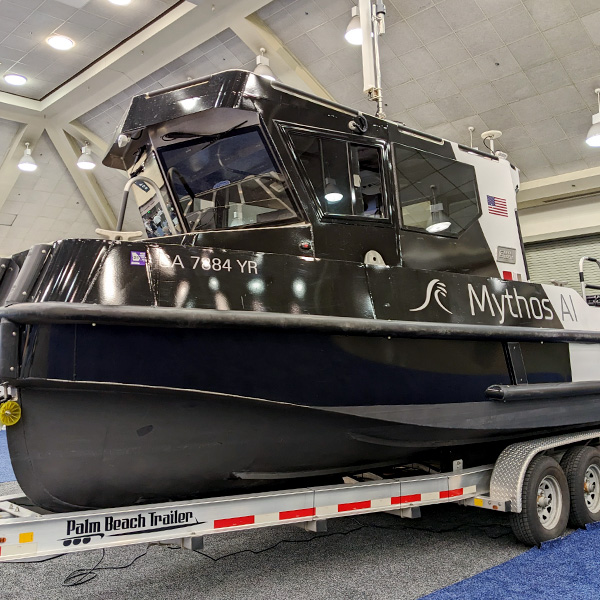HVDC
Clean Grid Alliance is asking MISO to incorporate rules for HVDC into MISO’s energy and ancillary services markets.
The Department of Energy announced two actions to support the expansion of the transmission grid: investing up to $1.5 billion in four specific projects around the country and releasing the final National Transmission Planning Study.
Before the use of HVDC transmission lines can be expanded in the U.S., the offshore wind industry needs to set some standards, according to a joint company survey.
DOE released a study of offshore wind transmission. In no way does this study establish, or even claim, that offshore wind makes economic sense, according to Steve Huntoon.
Utilities are rolling out new GETs projects, DOE officials said, but “there are more than 3,000 utilities in the United States, and a few excellent projects won’t get us where we need to be.”
A report released by ACORE and Grid United highlighted how Europe is using HVDC transmission lines to advance its decarbonization efforts and explained how the U.S. could do the same.
Presenters at a special two-day meeting of the Planning Advisory Committee advised MISO to consider recommending 765 kV and HVDC transmission lines.
Offshore wind will produce thousands of megawatts of electric power, way more than the onshore transmission system is currently able to absorb, an expert says.
Thirteen years after the Champlain Hudson Power Express was proposed, the first shipment of HVDC cable needed to build it arrived in New York on Thursday.
FERC upheld its prior ruling blocking MISO transmission owners from electing to self-fund network upgrades needed for merchant HVDC lines.
Want more? Advanced Search









